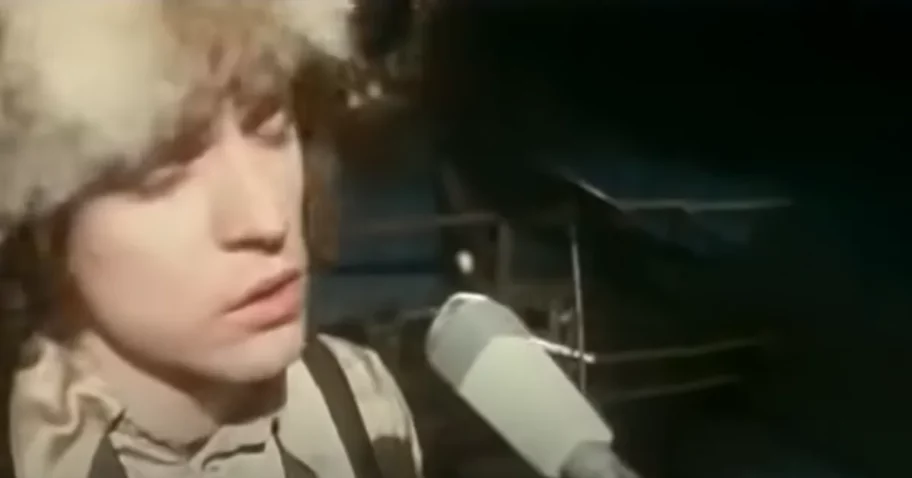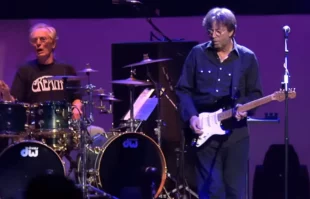Cream
The Timeless Tapestry of Cream “Badge” As the first note emerges, it pierces the silence like the morning sun breaking through a veil of mist. "Badge" by Cream isn't just.
Cream's Royal Albert Hall Performance in 2005: A Night to Remember In 2005, legendary rock band Cream took the stage at the.
The Timeless Tapestry of Cream “Badge” As the first note emerges, it pierces the silence like the morning sun breaking through a veil of mist. "Badge" by Cream isn't just.



